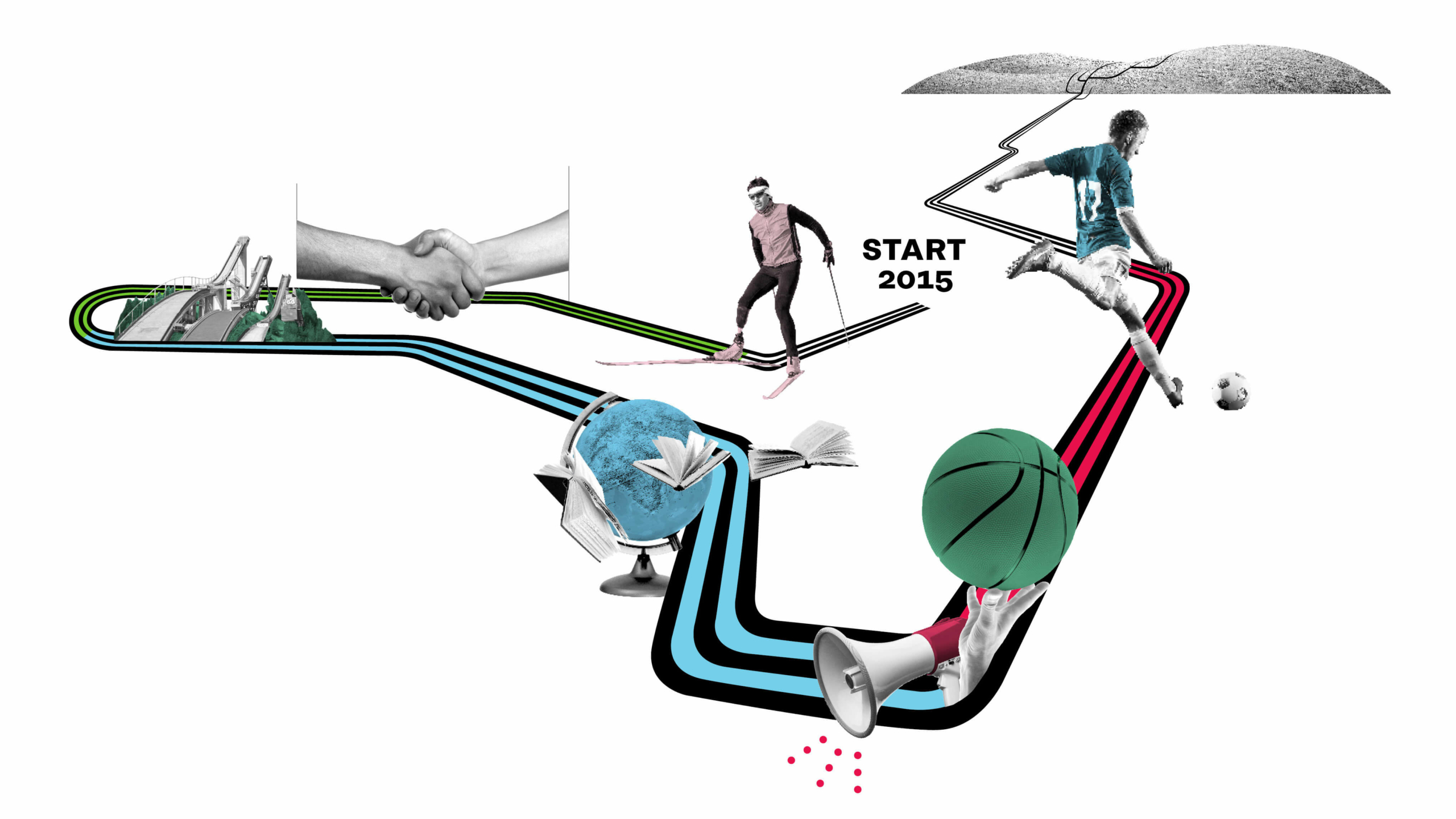The circular economy plays an increasingly significant role in mass events. Resource-wise circular economy solutions can become Finland’s advantage in export for global events. Sitra, Lahti2017, Ekokompassi and POW sought, developed and tried sustainable operating models in the 2017 World Championships in Lahti, together with the event partners. We gathered best practices to organize a sustainable sports event.
Before the event
1.Get the location city of the event involved in promoting circular economy. Lahti2017 challenged the city of Lahti to boost sustainable solutions such as public transportation.
2. Plan how to organize the event sustainably together with the event partners. Two sustainability workshops were arranged for the event partners to rethink how we can together organise the most sustainable event ever.
3. Commit the event partners to base their actions on circular economy. All event partners were sent an agreement in which they committed to utilise sustainable solutions at the event. Most of the event partners signed the agreement.
4. Raise environmental awareness. Lahti2017 entrusted schools to share knowledge about sustainability and to take action. For example, students placed bird houses and planted trees to compensate for the trees that were cut for the new skiing tracks. Sustainable event organizing was promoted in the media throughout the event.
During the event
5. Take into account energy efficiency and use only renewable energy. Energy savings were made through investments into energy efficiency and through own action. Energy used at the event was 100% renewable, including wind power. Solar panels were set up on the roof of the stadium and the traditional games torch burned on biogas.
6. Encourage to use sustainable products and utilise material flows. Event partners were encouraged to make the event products from environmentally-friendly materials and minimise waste. As a result, for example water bottles were made of carton. Leftover materials and products were reused after the event: reused in other events, sold to consumers or upcycled to new products. All waste produced during the event was also recycled: 50% was used as energy and 50% as material.
7. Decrease the environmental impacts of food. Event partners were challenged to use local food, optimise the right amount of food and produce less food waste.
8. Support sustainable transportation. All visitors were encouraged to use public transportation or carpooling. Free local traffic was offered to event volunteers and media representatives.
9. Discuss with the sports unions and political and community decisionmakers how to include circular economy in future events as well. The event organisers met with International Ski Federations FIS and different political and community decisionmakers to boost sustainability in future sports events.
10. Ask an independent third party to evaluate the event’s sustainability. Lahti2017 earned the Eco Compass Certificate for the sustainability actions at the event.
After the event
11. Challenge all sports event organisers to take into account the circular economy and share your best practices. Due to the successful cooperation during the event, Sitra also challenged other sports organisations and event organisers to make their events more sustainable. Together with Sitra, Eurobasket 2017 have continued the sustainability actions tested in Lahti2017. Sitra and the Finnish Olympic Committee invite all Finnish sports associations to join the recently founded network of ecological responsibility in sports. The network aims to implement environmental responsibility and circular economy solutions to sports events and the practices of sports associations and unions.
Download the infographic about these tips here (pdf).
Other tips for organising a sustainable sports event

















Recommended
Have some more.